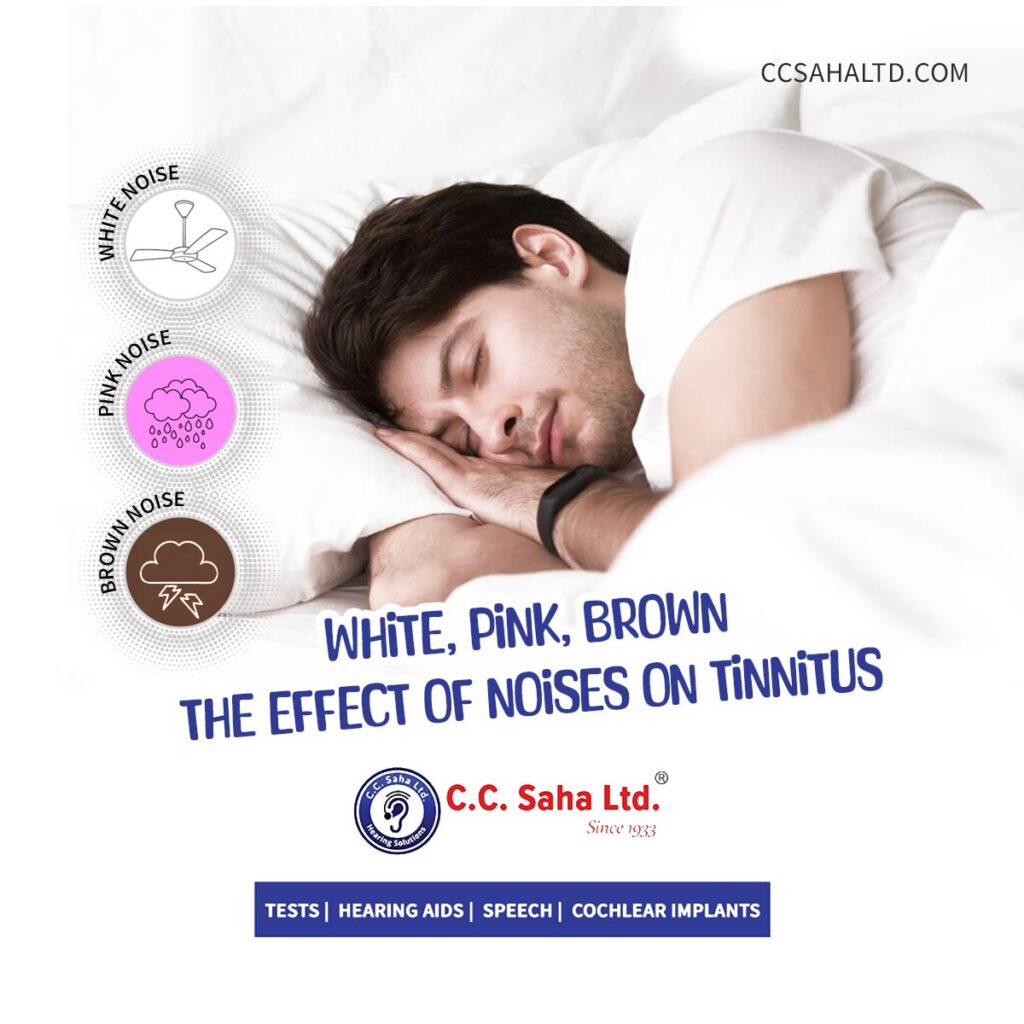The Spectrum of Noise: An Introduction
When we talk about noise, we often refer to it in generic terms, not realizing that it can be broken down into different categories based on its frequency content and how our ears perceive it. Each type of noise—White, Pink, and Brown—has unique characteristics and effects on our auditory system.
White Noise
Imagine the static sound of an untuned radio or television. That’s white noise. It’s a consistent sound containing all frequencies in the audible spectrum at equal intensity. Because of this even distribution, white noise is often used to mask other, more disturbing sounds, making it a popular choice for sleep aids and noise-canceling.
Pink Noise
Now think of the soothing sound of a steady rainfall or the rustling of leaves. That’s pink noise. Unlike white noise, pink noise emphasizes lower frequencies, creating a more balanced and natural sound. This type of noise is gentler on the ears and is known to improve sleep quality by promoting deeper sleep stages.
Brown Noise
Remember the sound of the deep rumble of distant thunder or the sound of ocean waves crashing on the shore? That’s brown noise. It’s even deeper than pink noise, with a focus on the lowest frequencies. Brown noise is often described as warm and comforting, and some people find it particularly effective in drowning out intrusive thoughts and distractions.
The Effect of Noises on Tinnitus
Tinnitus, a condition characterized by a persistent ringing, buzzing, or hissing sound in the ears, affects millions of people worldwide. For those living with tinnitus, the constant noise in their head can be maddening, leading to difficulties in concentration, sleep disturbances, and even emotional distress. In a city like Kolkata, where noise pollution is a daily challenge, understanding of effect of noises on tinnitus is essential for managing this condition.
White Noise and Tinnitus
White noise has long been used as a masking tool for tinnitus. Since it covers all frequencies, it can effectively blend with the internal sounds of tinnitus, making it less noticeable. For many, playing white noise through a sound machine or a dedicated app during quiet moments—especially at night—can help drown out the ringing, allowing for better sleep and relaxation.
However, it’s important to note that not everyone finds white noise soothing. Some people report that the high-frequency components of white noise can exacerbate their tinnitus, making it more pronounced rather than less. If you find yourself in this camp, exploring other types of noise might be beneficial.
Pink Noise: A Softer Alternative
Brown noise, with its deep, rumbling tones, is another option worth considering for tinnitus relief. The low-frequency emphasis of brown noise can be particularly effective in masking the lower-pitched hums and buzzes that some people experience with tinnitus. Its warm, enveloping sound can create a comforting auditory environment that helps to reduce the perception of tinnitus.
Because of its soothing qualities, brown noise is often used to aid relaxation and concentration, making it a good choice for those who struggle with tinnitus during work or study. The deep tones of brown noise can also help to mask external sounds, making it a useful tool for those living in noisy environments like Kolkata.
Choosing the Right Noise for You
If you’re dealing with tinnitus, finding the right type of noise to manage your symptoms can be a game-changer. But with so many options available, how do you choose the best one for you? Here are a few tips to help you make an informed decision:
Experiment with Different Noises
Everyone’s experience with tinnitus is unique, so what works for one person may not work for another. Try out white, pink, and brown noise to see which one provides the most relief. There are plenty of apps and devices that offer a range of noise options, allowing you to explore different sounds at your own pace.
Consider Your Environment
If you live in a noisy area like Central Kolkata or Park Circus, you might find that brown noise, with its deep, bass-heavy tones, is more effective at masking external sounds. On the other hand, if you need a noise that blends into the background without drawing too much attention, pink noise might be the better choice.
Think About Your Sleep Needs
If tinnitus is keeping you up at night, consider using pink or brown noise to create a soothing sleep environment. Both of these noises are known to promote deeper, more restful sleep, which can help you wake up feeling more refreshed and better able to cope with your tinnitus during the day.
Use Noise in Conjunction with Other Therapies
While noise can be a powerful tool for managing tinnitus, it’s often most effective when used in combination with other treatments, such as cognitive-behavioural therapy (CBT), sound therapy, or hearing aids. You may speak with the audiologists at CC Saha hearing clinics to develop a comprehensive treatment plan tailored to your needs.










